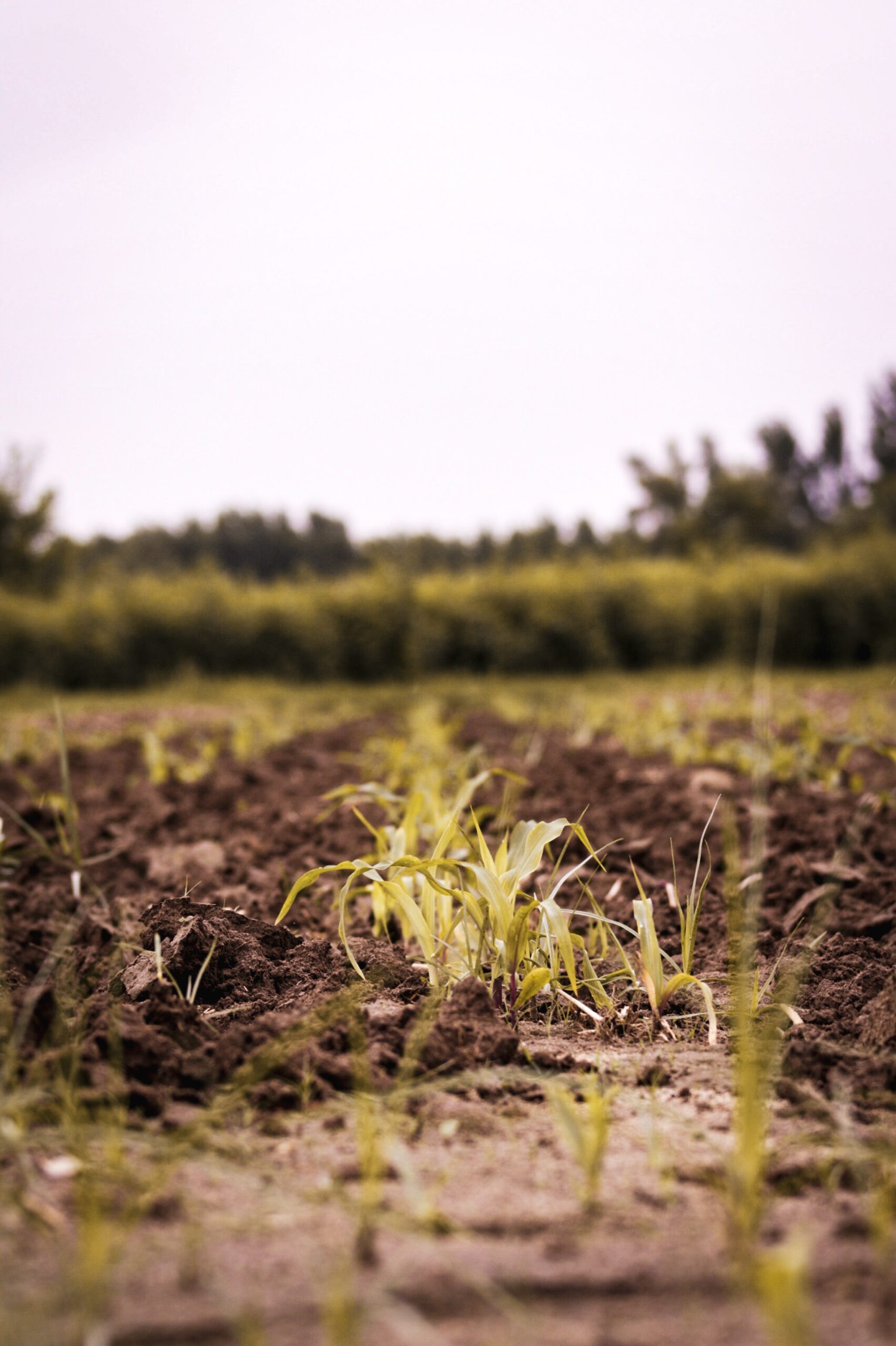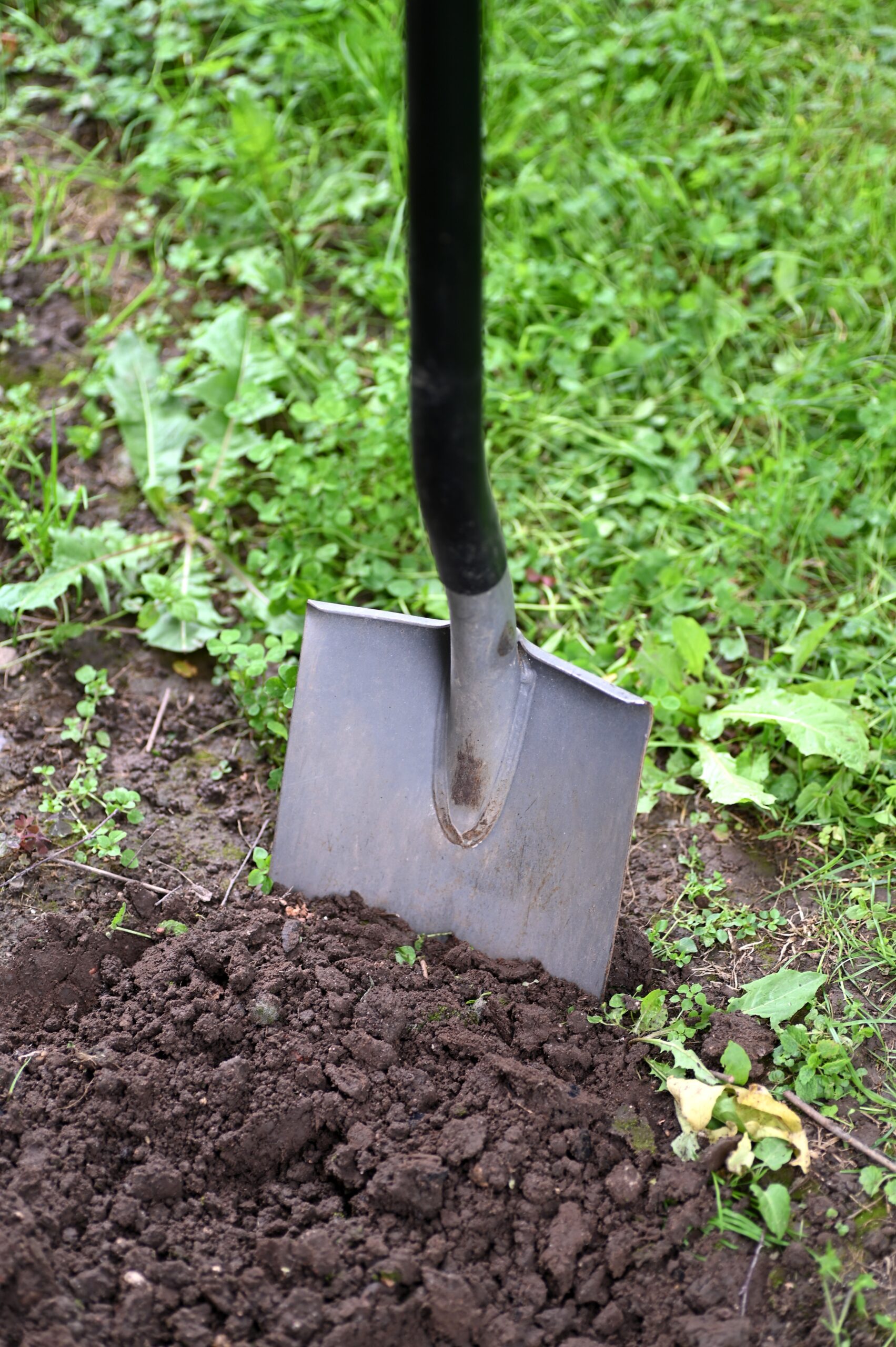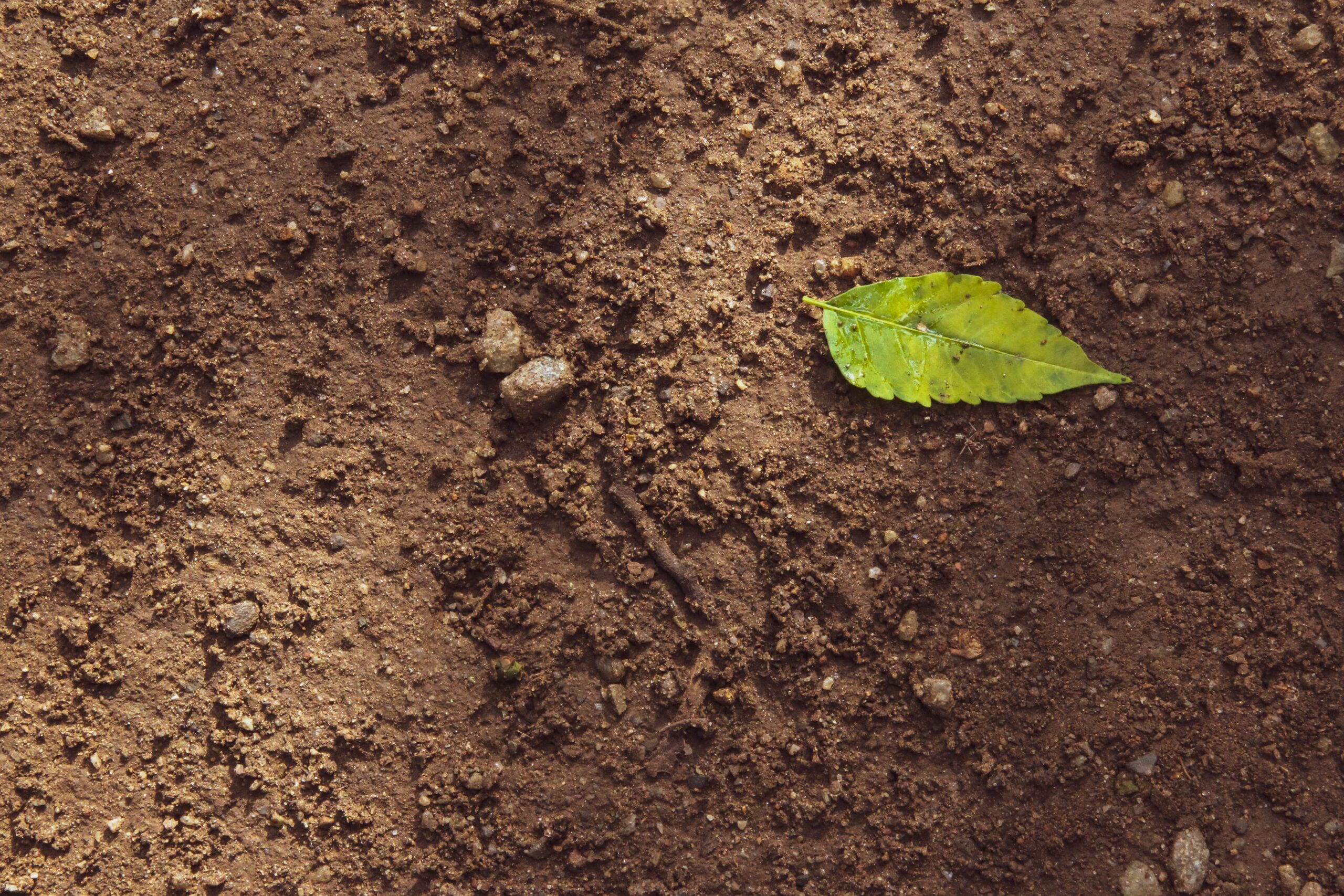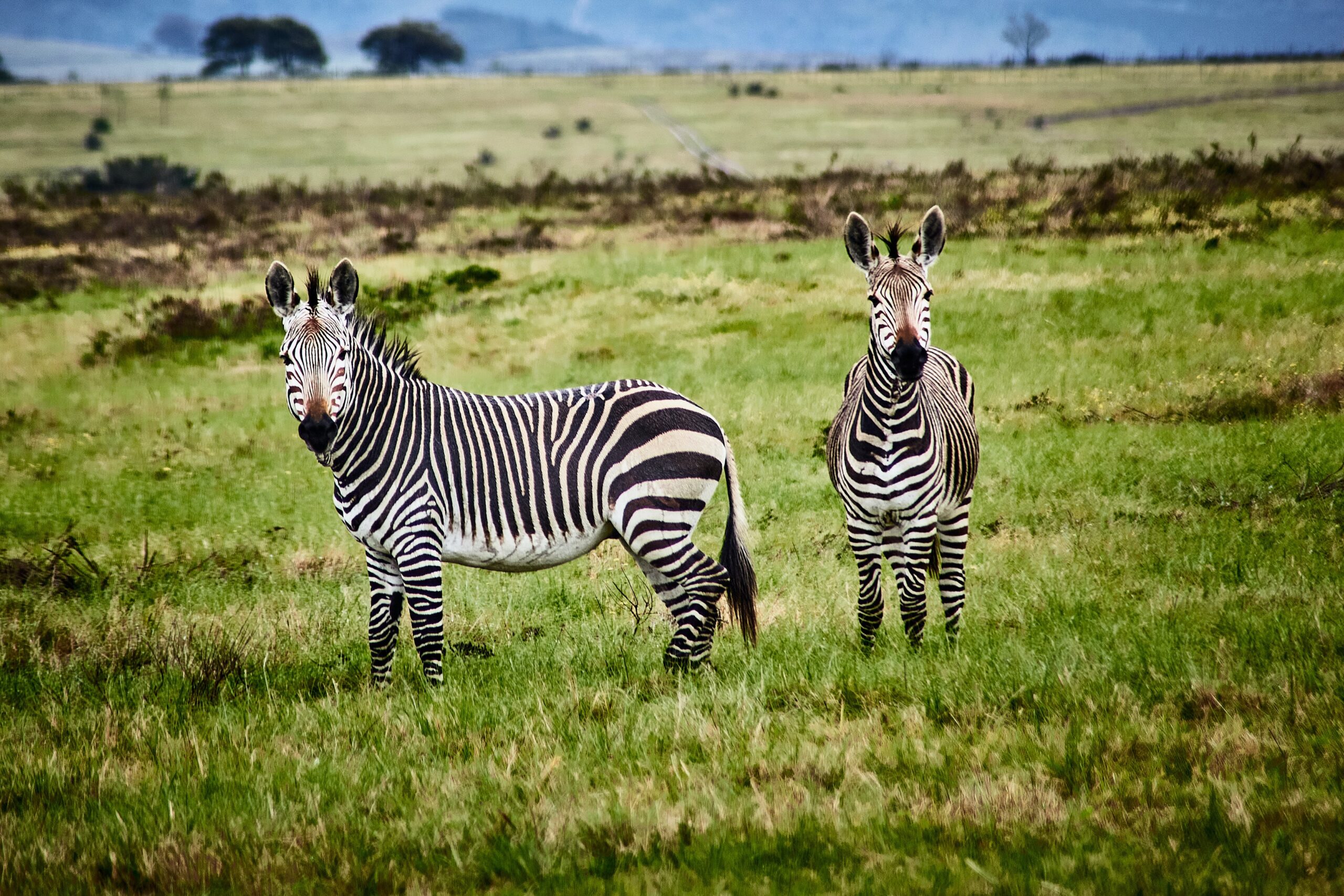In the context of the restoration of an endangered species, population viability analysis represents a useful tool for assessing the effectiveness of different possible management strategies before implementation. However, despite the consensus that demographic and genetic mechanisms are both involved and interact in the process of extinction, few attempts have been made to examine their combined impacts on population viability in a particular species. We integrated specific data resulting from 10-year multidisciplinary investigations into a descriptive model to simulate the dynamics of an introduced population of the rare self-incompatible plant species Centaurea corymbosa. The model allowed us to examine the interplay between demographic processes and genetic self-incompatibility in the particular habitat confirmation of the species, alternating suitable and unsuitable sites within a population along cliffs. Population growth and extinction risk were compared for different introduction strategies. Population persistence mainly depended on the number of introduced seeds and on their initial spatial distribution within the population (single vs. multisite introduction). In most cases, a multisite introduction resulted in faster population growth and higher viability than a single-site introduction. As expected, a strong negative impact of the self-incompatibility system was observed on population dynamics and viability. However, because of positive feedback between demographic and genetic processes, this impact differed among introduction strategies: it was less severe when seeds were distributed among suitable sites, which also limited the loss of self-incompatibility alleles. Moreover, self-incompatibility contributed to the positive relationship between flowering plant density and fertilization rate. Synthesis and applications. Our results provide strong management guidelines for future introductions of C. corymbosa regarding the number of seeds required (> 800) and the benefits of introducing them into several sites to achieve population persistence. Further, the study highlights the general importance of integrating demography and genetics to compare the effectiveness of different management strategies. Journal of Applied Ecology (2006) 43, 101120131021doi: 10.1111/j.1365-2664.2006.01179.x
Modelling the dynamics of introduced populations in the narrow-endemic & Centaurea Corymbosa: A demo-genetic integration
Year: 2006

































































































































































































































































































































































































































































































































































































































































































































































































































































































































































































































